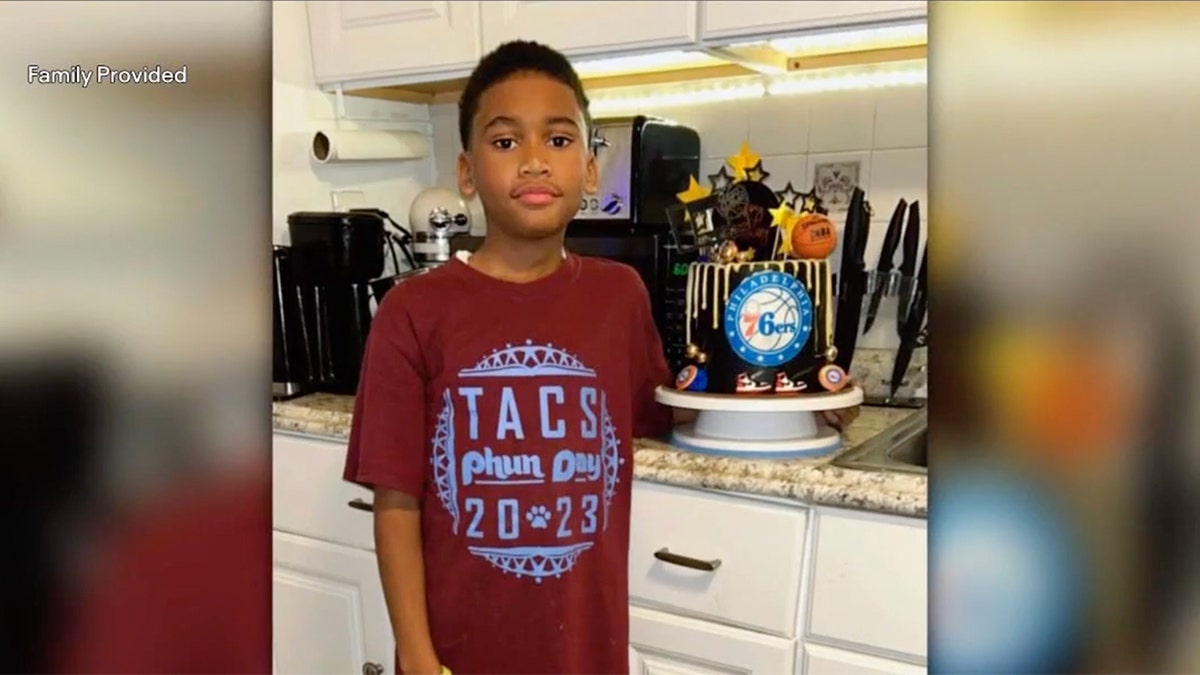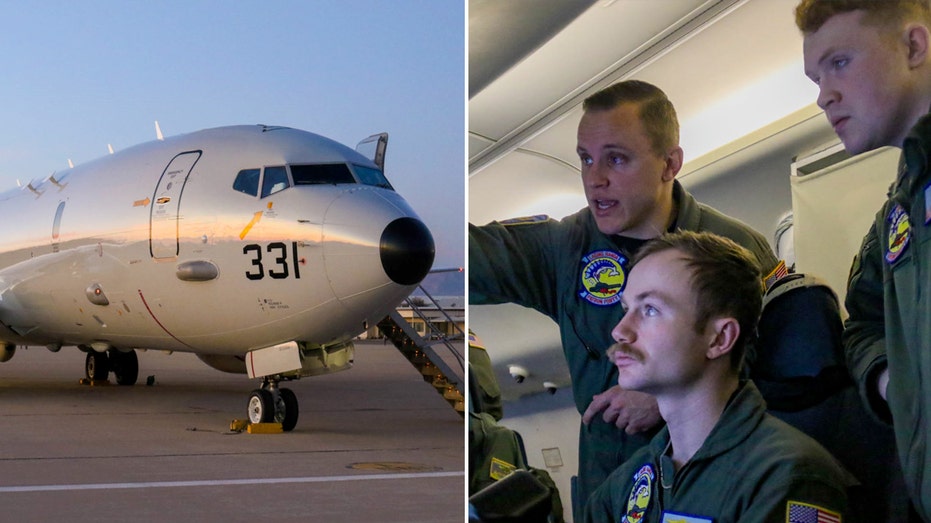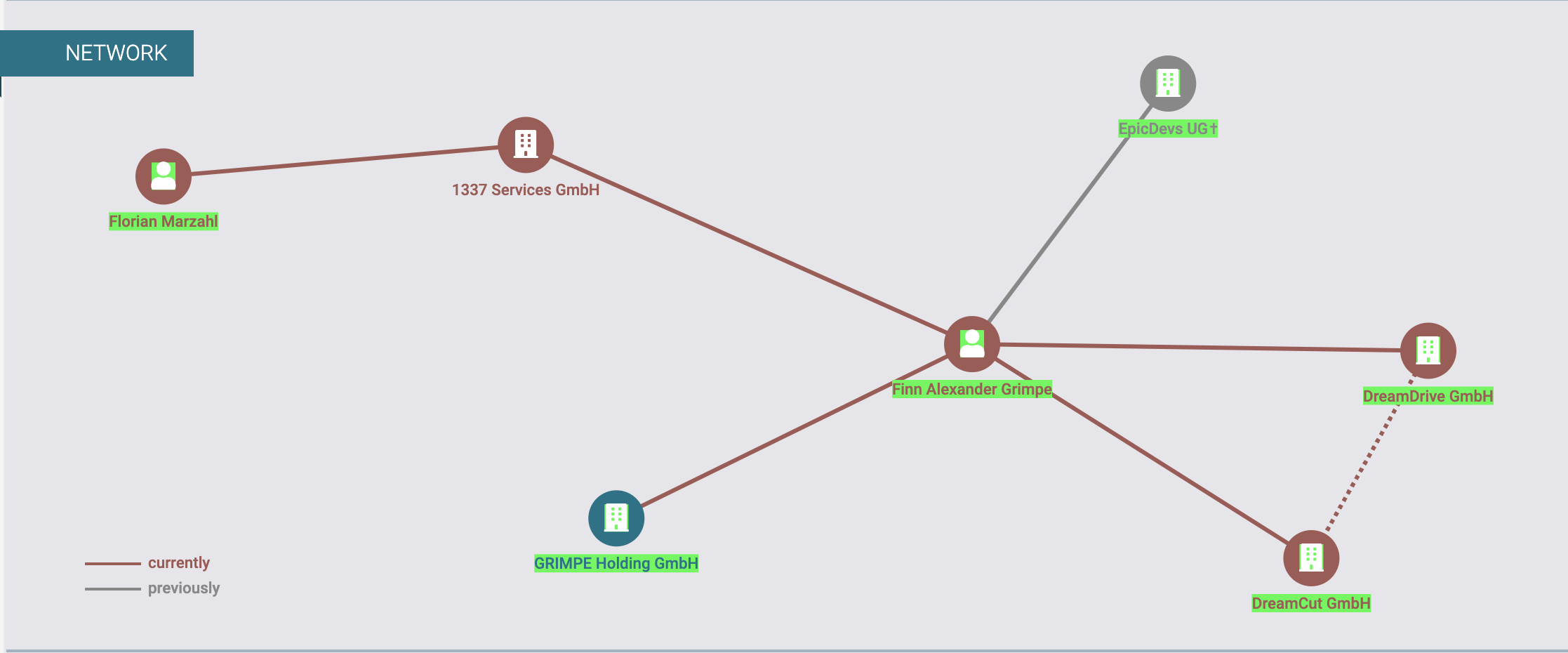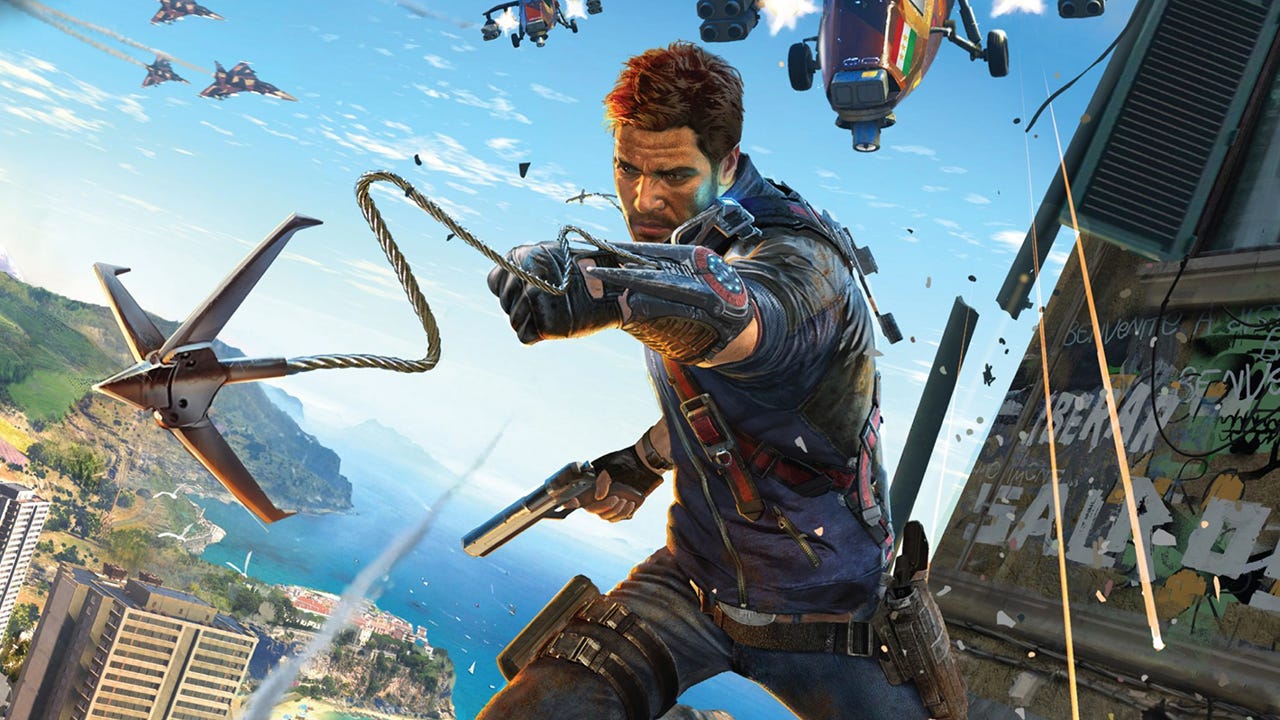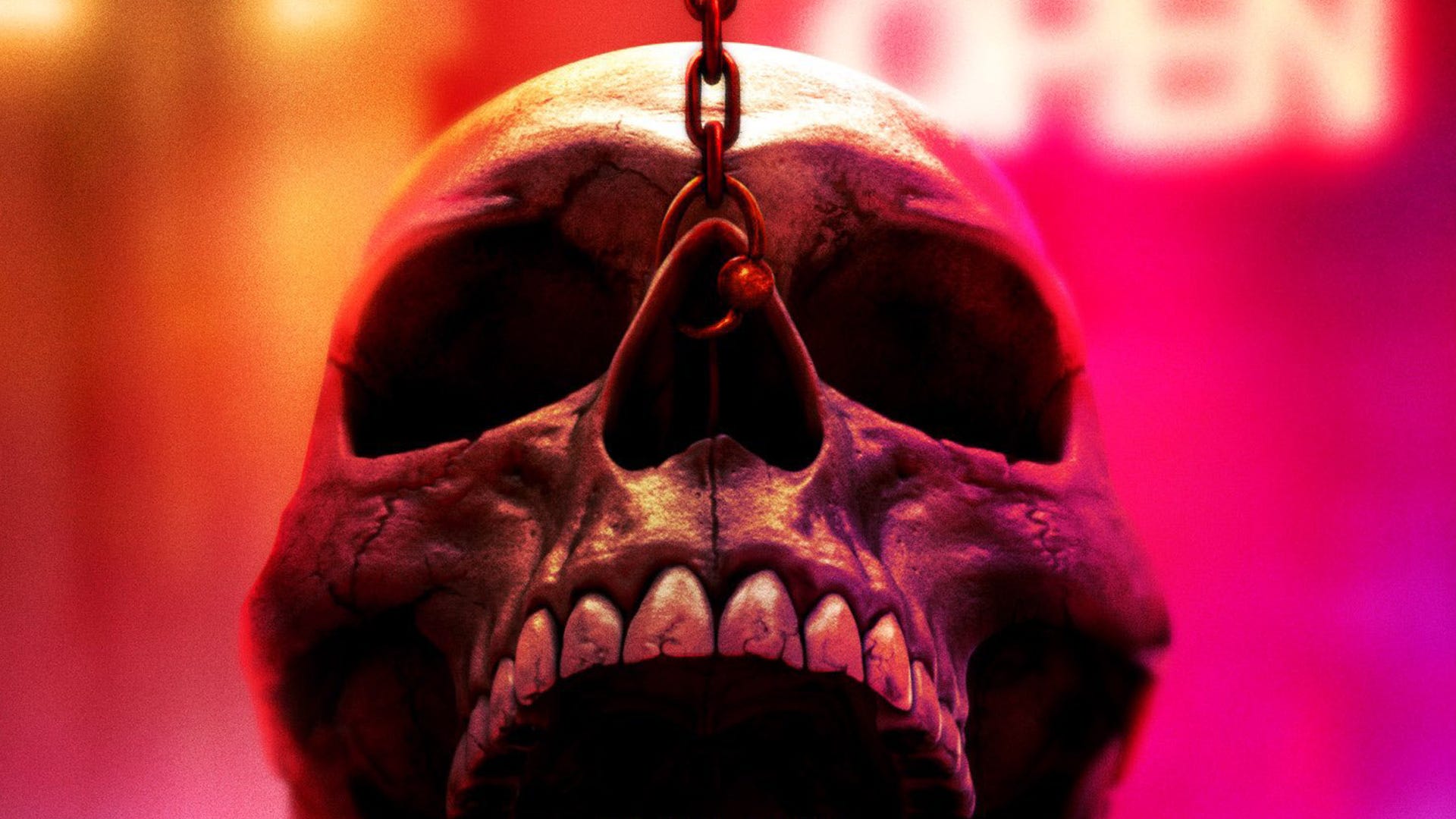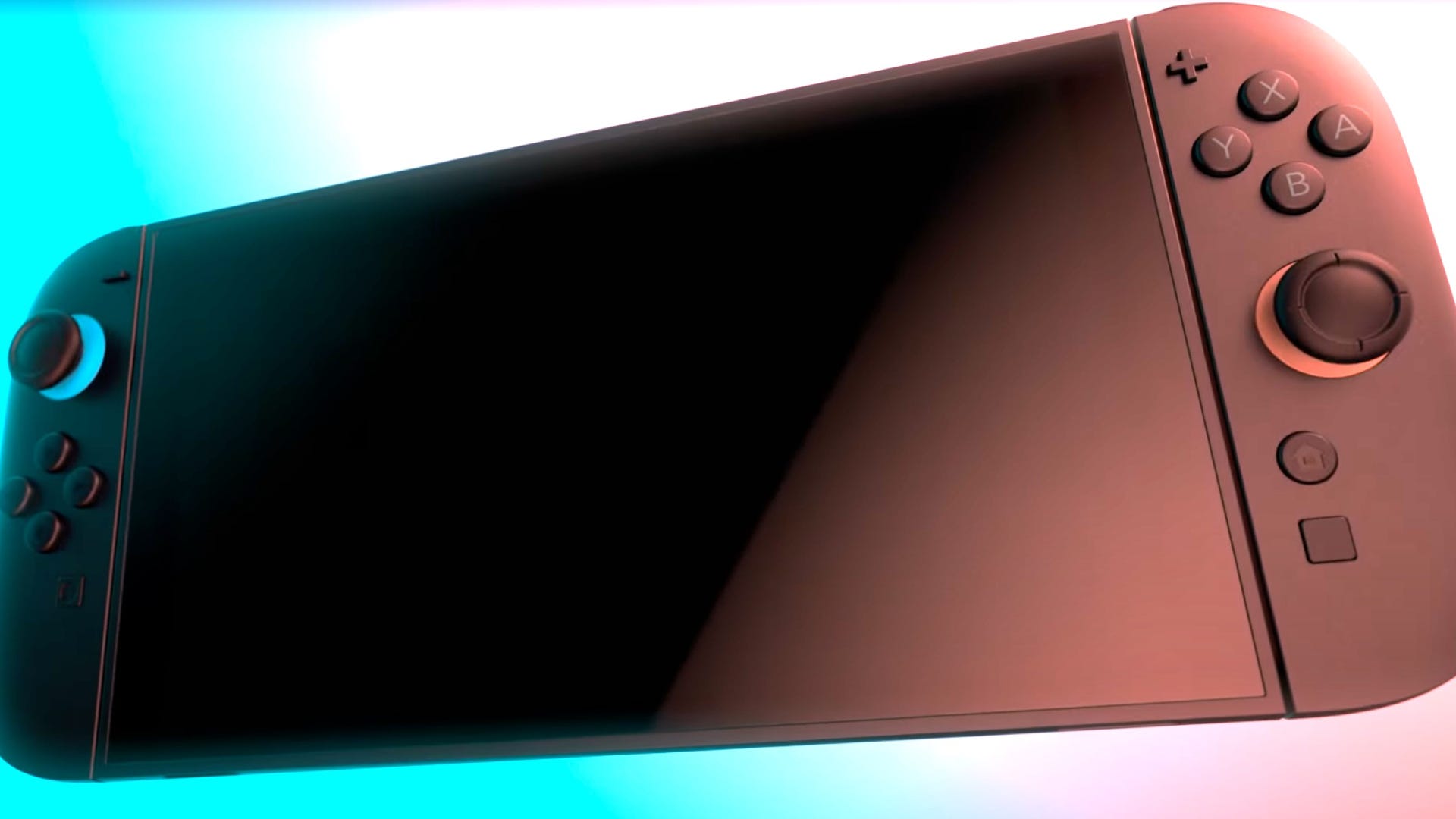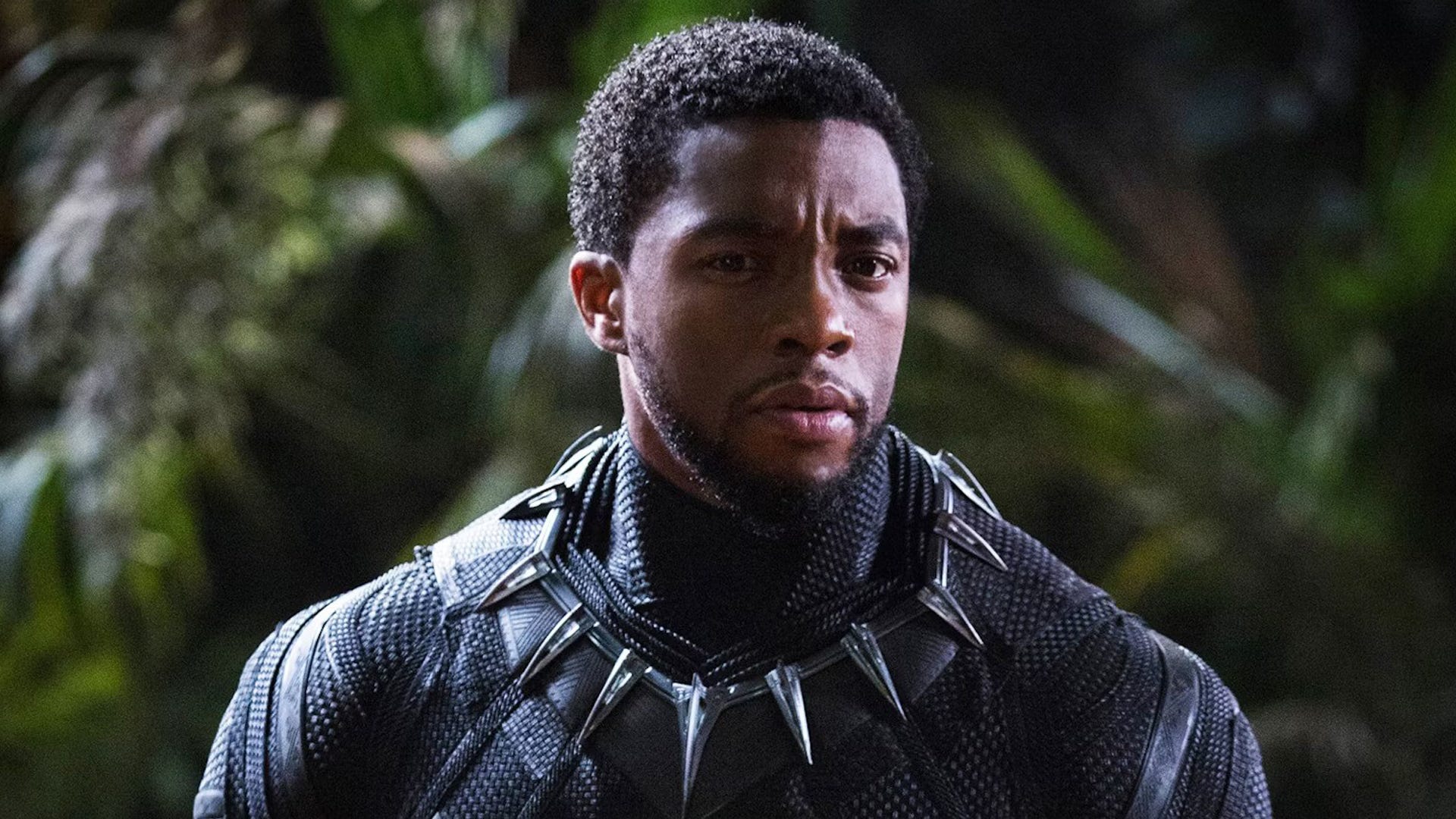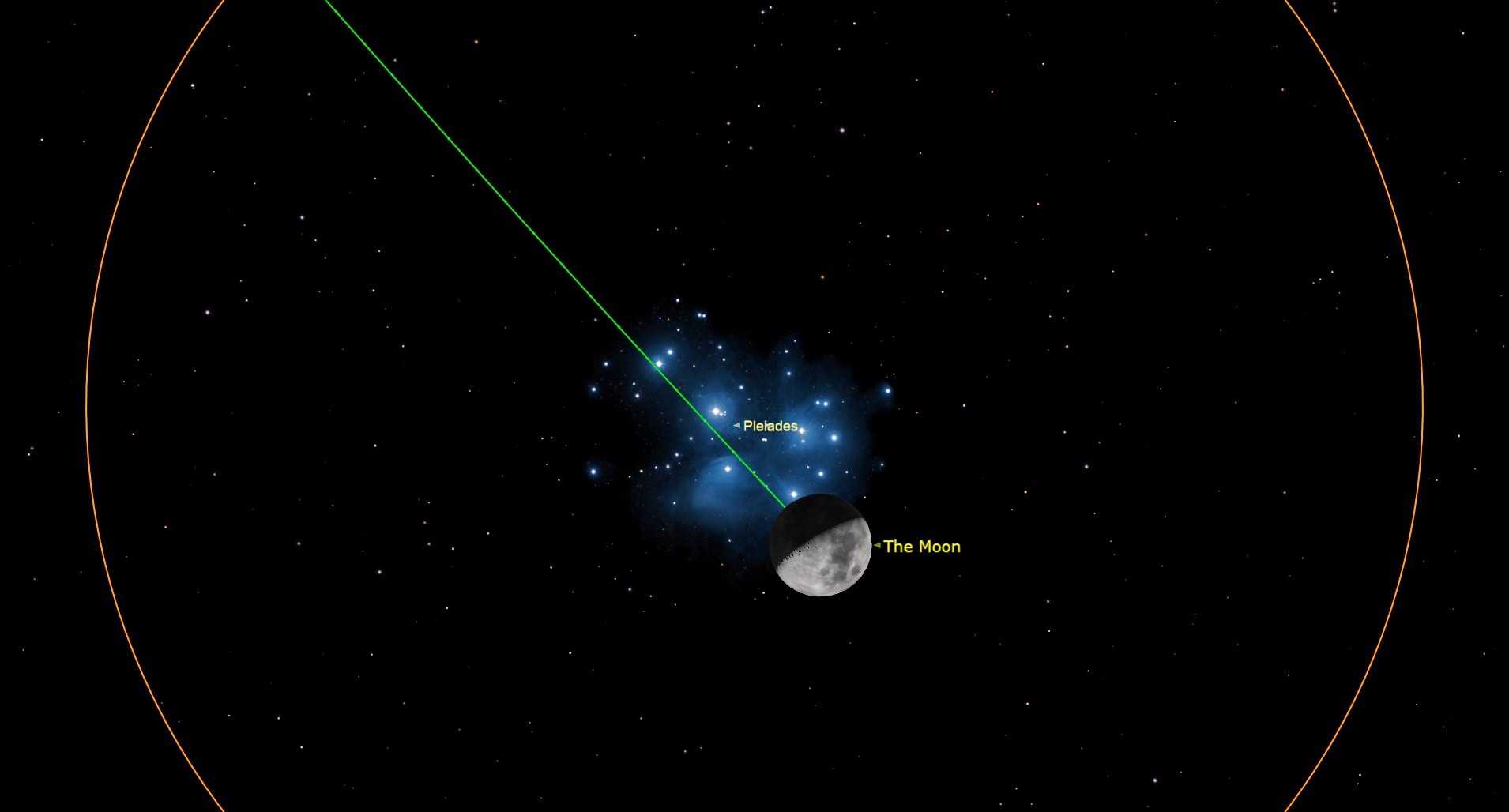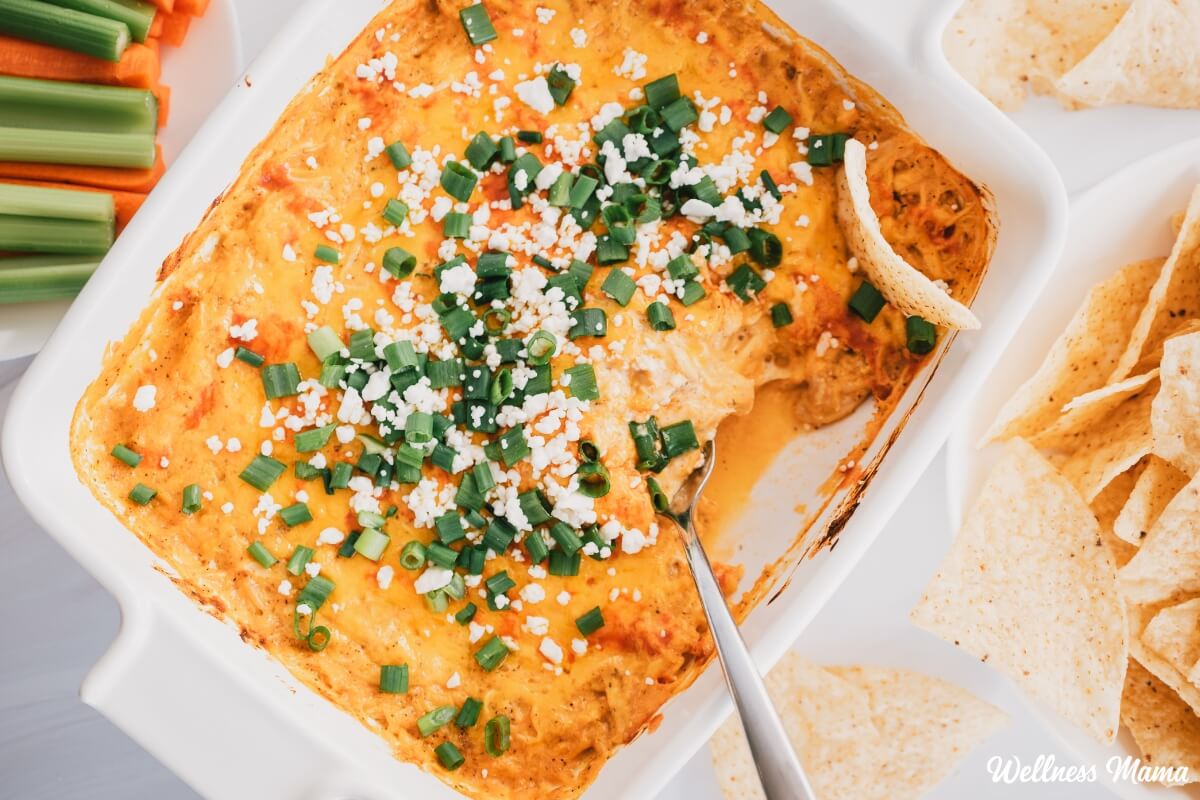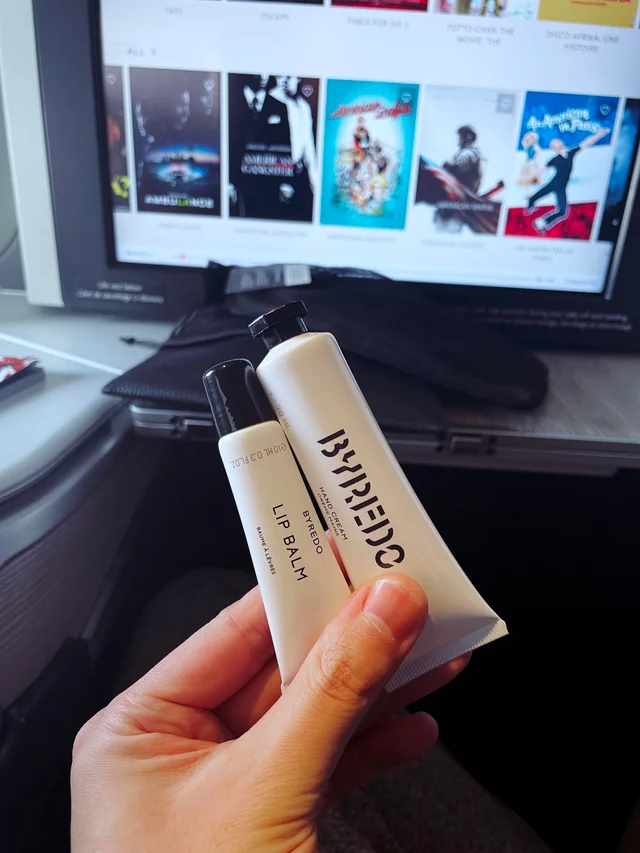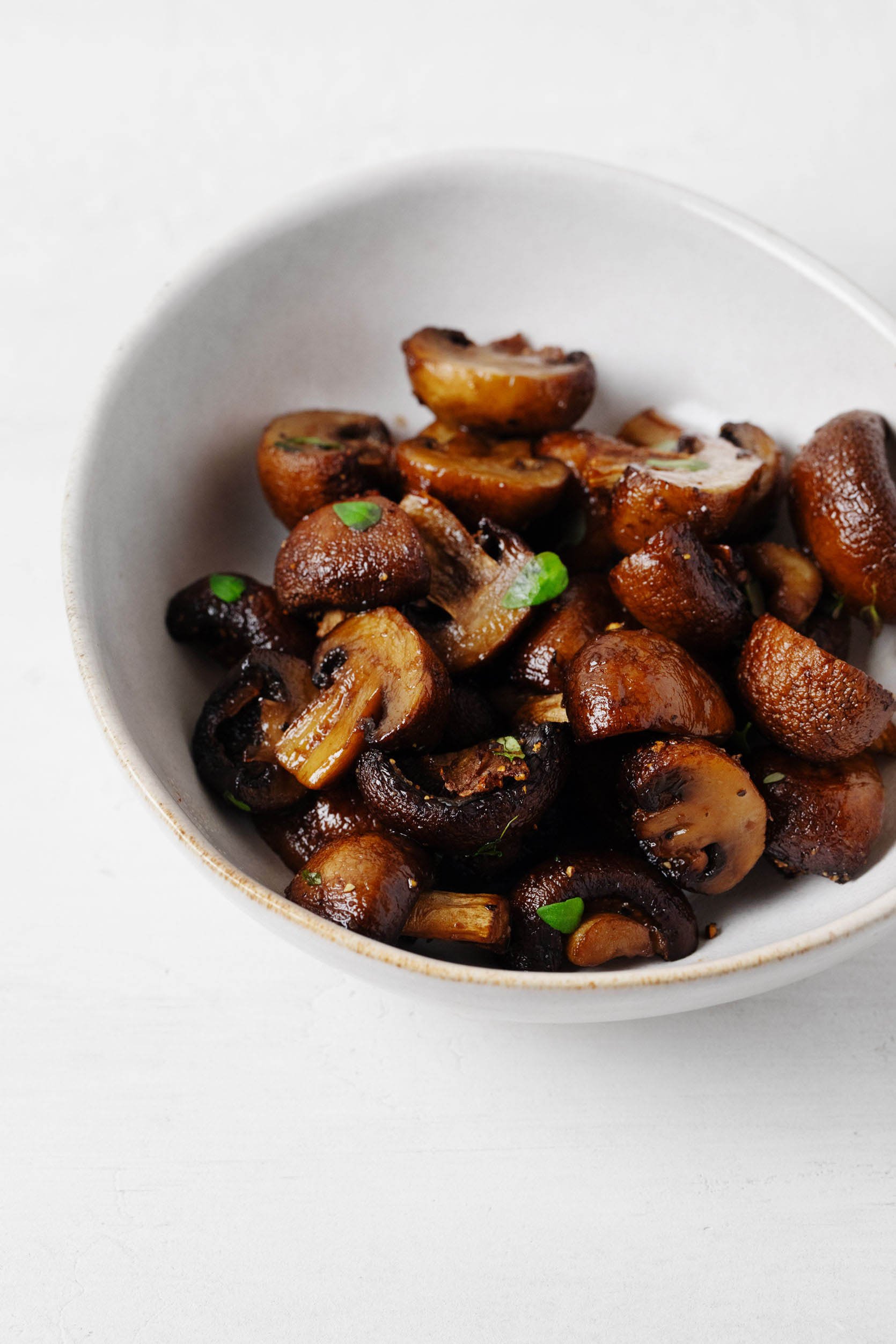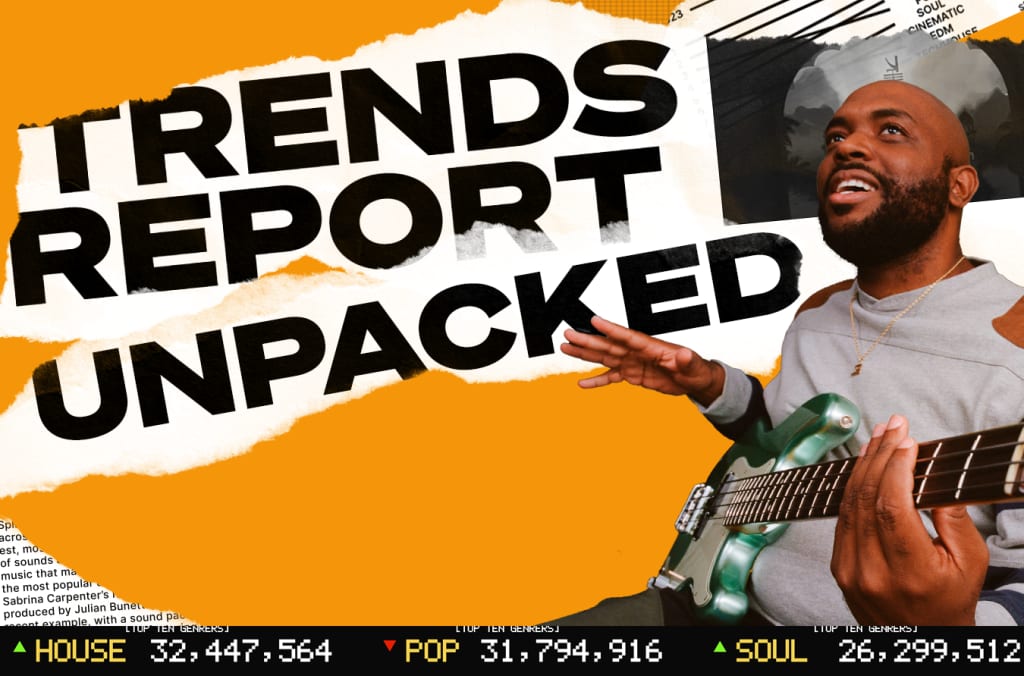Why the Jets need to go all-in, and what that could look like
Jason Bukala explains why the Winnipeg Jets need to go all-in on the trade market this season, what areas they need to address, and potential moves they could make.

The Winnipeg Jets are one of the best stories this NHL season.
After getting off to a 15-1 start, the Jets still lead the league with 77 points after 54 games and are riding a six-game winning streak. They have the best goalie in the league in Connor Hellebuyck (33 wins, 2.04 GAA, .925 save percentage) and their top players have bought into a system that allows for creativity in the offensive zone, with an expectation that every skater has a role to fulfill defensively. Their combination of size, skill and compete leaves opponents with everything they can handle when they game plan playing against the Jets.
The organization has put itself in a position to contend for a Stanley Cup this spring, and I believe the Jets should take the opportunity to go all-in at the trade deadline. They have plenty of cap space ($5.4 million today that could grow to $9.6 million at the trade deadline) and enough draft capital and organizational prospect depth that trading partners will value.
But also, I believe it’s imperative for the Jets to push their chips into the middle of the table now because the economics of the game are about to change in the coming years. With the current $88 million salary cap set to rise to $95.5 million next season, $104 million in 2026-27 and $113.5 million in 2027-28 I don’t see how the Jets can come close to being a cap team in the future. Three years from now, the salary floor will be nearly what the current ceiling is. The Winnipeg Jets aren’t the New York Rangers or Toronto Maple Leafs who will always be able to afford to spend to the cap ceiling. Their local revenue streams aren’t as robust. There’s little doubt Winnipeg will have an internal cap that might be slightly higher than the floor, but not close to the ceiling every year.
Leaning on my reasoning, here’s my trade deadline strategy for the Jets:
WHAT ARE THEIR NEEDS?
The Jets don’t have any glaring weaknesses as a team, but the penalty-kill has room for improvement and special teams success can be the difference in a playoff series. Here’s a look at the statistical breakdown for the Jets:
The most important penalty-killer on at team is obviously the goaltender. Helleybuyck’s save percentage overall is elite, but drops to .867 when the Jets are shorthanded. For comparison, Dallas Stars goaltender Jake Oettinger has an .875 save percentage on the PK, while Logan Thompson from the Washington Capitals has posted an .887 save percentage.
These comparisons fall in line with what I expected. The Jets aren’t as proficient at killing penalties as the Capitals (83.4 per cent) or the Stars (84.4 per cent), but Hellebuyck isn’t the issue. His save percentage is in range of the leading goalies in the category. So, we have to identify what needs to be done for them to improve their execution when down a man.
Here’s a look at the Jets’ forwards who are usually deployed in a PK role, along with their average ice time, number of hits and shot blocks for the year, and their winning percentage in the faceoff circle:
|
PLAYER |
AVG PK TOI |
HITS/SHOT BLOCKS |
FO% (MIN. 300 DRAWS) |
|
Adam Lowry |
2:04 |
88/41 |
51.82 |
|
Alex Iafallo |
1:46 |
27/34 |
NA |
|
Morgan Barron |
1:27 |
84/31 |
NA |
|
Rasmus Kupari |
1:02 |
68/28 |
53.08 |
|
Mason Appleton |
0:55 |
41/21 |
NA |
|
Kyle Connor |
0:48 |
9/33 |
NA |
|
Vlad Namestnikov |
0:31 |
57/32 |
46.28 |
Here’s a look at the Jets’ defencemen who are deployed in a PK role, along with their average ice time, hits and shot blocks for the year:
|
PLAYER |
AVG PK TOI |
HITS/SHOT BLOCKS |
|
Dylan Samberg |
2:18 |
30/56 |
|
Dylan DeMelo |
2:11 |
91/74 |
|
Neal Pionk |
1:51 |
81/82 |
|
Logan Stanley |
1:38 |
57/55 |
|
Josh Morrissey |
0:40 |
33/81 |
Breaking down the above information leads to a simple conclusion: Winnipeg has a need to add a middle-six, and at worst bottom-six, forward and another defenceman to solidify their roster. The current group scores enough, executes on the power play, and keeps the puck out of their net at even strength. Adding a couple of cost-effective players, hopefully ones with term remaining on their contracts, will round out their roster nicely.
DRAFT CAPITAL
Before I present some trade targets for the Jets let’s take a look at what they have to work with from a draft capital perspective. Here’s what Winnipeg’s draft grid looks like for the next three years:
TRADE PROSPECTS OR DRAFT PICKS?
I don’t recommend the Jets trading one of their top prospects unless they absolutely have to. I would, however, consider moving their first-round pick in this draft cycle in the right deal. That pick is going to be a late first-round selection and knowing what I do about this draft class I value forwards already in the system like Brayden Yager and Colby Barlow more than the pick.
I would consider moving off forward Dmitri Rashevsky (146th overall in 2021) in the right scenario, especially if it looks like he isn’t going to arrive in Winnipeg from Russia any time soon. Rashevsky is a solid prospect, but the 24-year-old still plays in the KHL for Dynamo Moscow and I haven’t heard the he is prepared to sign an NHL contract. Maybe he will, maybe he won’t, but he has value and another team might believe they can convince him to come to the NHL.
Rashevsky has taken a bit of a step back from his 24G-19A season last year. He’s produced 16G-12A in 2024-25, but he’s still capable of providing moments like this:
TRADE PROPOSALS
Now comes the fun part, debating trade scenarios! Here are some targets for the Jets and what the deals could look like:
To Winnipeg: Noel Acciari, 5-foot-11, 209 pounds, right shot centre
To Pittsburgh: 2025 third-round pick, 2026 fifth-round pick
Acciari is signed through next season with a $2 million cap hit. He won’t move the needle a great deal offensively (Acciari only has 4G-4A this season) but he would improve the Jets’ penalty-killing unit and add another layer of physicality to the lineup. Acciari averages 2:27 per game on the penalty-kill in Pittsburgh and has been credited with 115 hits and 64 shot blocks. He also wins 52 per cent of his draws.
To Winnipeg: Mario Ferraro, 6-feet, 209 pounds, left shot defenceman
To San Jose: 2026 first-round pick, 2027 third-round pick
Ferraro is only 26 years young. I’m not sure the Sharks are interested in moving him, but I’d be making the call and stepping up to pay for his services. Ferraro is under contract until the end of next season as well with a very affordable $3.25 million cap hit. He would round out the Jets’ defence corps nicely and can be deployed on the first penalty-killing unit. Ferraro averages 20:28 of ice time, with 2:24 coming on San Jose’s PK. He’s posted 115 hits and 77 shot blocks so far this season.
If the Jets were to pull off these two trades, they would have both Acciari and Ferraro under team control through next season and they both fit under the available cap space Winnipeg currently has to work with. If the players aren’t interested in signing extensions, the Jets would have the option to move them in trade next year and recoup some of their assets in the process.
Those two trades would be my preferred route to acquire the needed forward and defenceman, but if they go a different route the Jets could also consider…
To Winnipeg: Colton Sissons, 6-foot-1, 201 pounds, right shot centre
To Nashville: 2026 third-round pick, 2027 third-round pick
Sissons’ offence has fallen off this season (5G-8A) but he has a history of providing some secondary scoring (15G-20A last year). He’s a mostly bottom-six forward who averages 14:25 of ice time with 2:08 coming on the penalty-kill in Nashville. Sissons has been credited with 68 hits, 50 shot blocks and wins 56 per cent of his draws. He has one more year left on his contract that costs $2.857 million against the cap, but only has $1.825 million in actual dollars remaining in the last year of the deal.
To Winnipeg: Jamie Oleksiak, 6-foot-7, 256 pounds, left shot defenceman
To Seattle: 2025 first-round pick, 2026 second-round pick, Kieron Walton
Oleksiak would also arrive in Winnipeg with another season left on his contract, with a cap hit of $4.6 million but only $3.75 million due in actual dollars in the final year. His contract does come with a 16-team no-trade list so Oleksiak will have to agree to being dealt to Winnipeg. He’s a towering defenceman who averages 18:55 of ice time in Seattle with 2:40 coming on the penalty-kill. Oleksiak is proficient at getting in shooting lanes and blocking shots. He’s been credited with 113 shot blocks this season.
• If the Jets were to target Sissons and Oleksiak they would require some assistance from the Predators and the Kraken in the form of salary retention if the trade was agreed to early enough. But if they wait until closer to the trade deadline, the Jets would accrue enough cap space to take both of them on this season (and still have room left). If there are further cap implications for next season, the Jets could navigate those in the summer.
• I was originally planning on giving the Predators a fourth-round pick in 2027, but upgraded it to a third-rounder hoping Nashville will absorb $500,000 of Sissons’ cap hit for the rest of this season and all of next. If no salary retention is required, perhaps we roll that pick back.
• In the same light I’m asking Seattle to retain $1.5 million of Oleksiak’s contract in what I believe is a healthy return for his services. Again, that may not be necessary depending on when a trade like this is agreed to.
• The Sissons-Oleksiak deals together, without retention, would end up counting for $7.457 million against the Jets’ cap for this year and next. The Jets are on pace to have over $9 million of cap space available on March 7.

